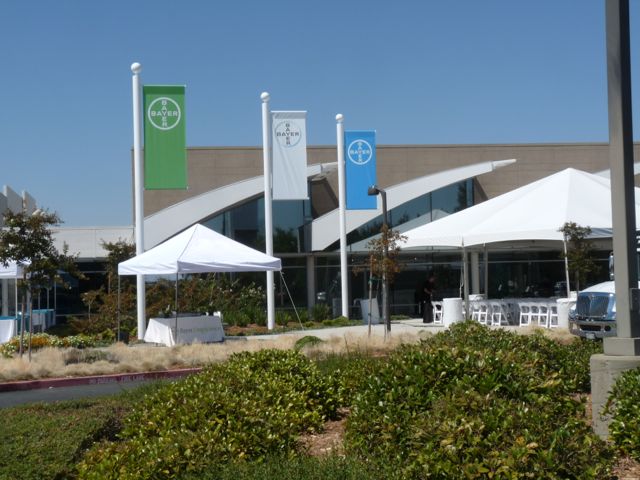MRL Discussion Continues to Expand
MRL Transparency is Needed to Avoid Hurting Exports
by Emily McKay Johnson, Associate Editor
Gary Van Sickle, executive director of the California Specialty Crops Council (CSCC), and host of the annual Maximum Residue Level (MRL) Harmonization Workshop in San Francisco earlier this month, spoke about the increased MRL discussion that has taken place in the last decade. “We had the vision about 11 years ago to see there was a need to start talking about MRLs in a public forum,” he said.
With nearly 125 attendees at their workshops, CSCC “has anywhere from eight to ten international countries participating,” said Van Sickle. And as the organization has grown, Van Sickle and his team have found that MRL awareness is increasing. “One of the major focuses here is to bring into the sector an awareness of what is going on with MRLs. Through this workshop, that comes to light.” he said.
“Also very important,” Van Sickle said, “is the linkage between the different sectors represented here—the registrants, the agricultural industry, the government agencies and even the universities and academia.”
Van Sickle discussed how MRLS are convoluted in other countries. “There are disconnects between crop protection measures in one country versus another,” he began, “which can hurt exports for American farmers. When a crop protection company develops products for crops, the crops are tested for what could be a maximum residue level, say it is 0.5 parts per billion,” Van Sickle explained. “The trouble comes when an importing country puts the MRL at a different level, say .1 parts per billion. Suddenly, that limits the crop’s importing potential into that country.”
Van Sickle added, “Some [countries] have tolerances that are on the low side and under our usage levels here in the states, so they can apply the [standard] properly.” Problems occur when MRLs for an American crop export “does not make the residue level for the country that it is going into,” according to Van Sickle.
Another important discussion was implementing consistency in regulation over the years. “We are also in a situation where there’s a lag-time for getting MRLs registered,” he said. “As new products come out, they get registered here for growers to use. Sometimes there’s a lag-time of three to five years or more for another country to get [the same product] registered so that the American grower can use that new chemical, which could slow the export to a particular country, keep it diverted to another country that has MRLs, or keep it off an export situation altogether,” he concluded.














